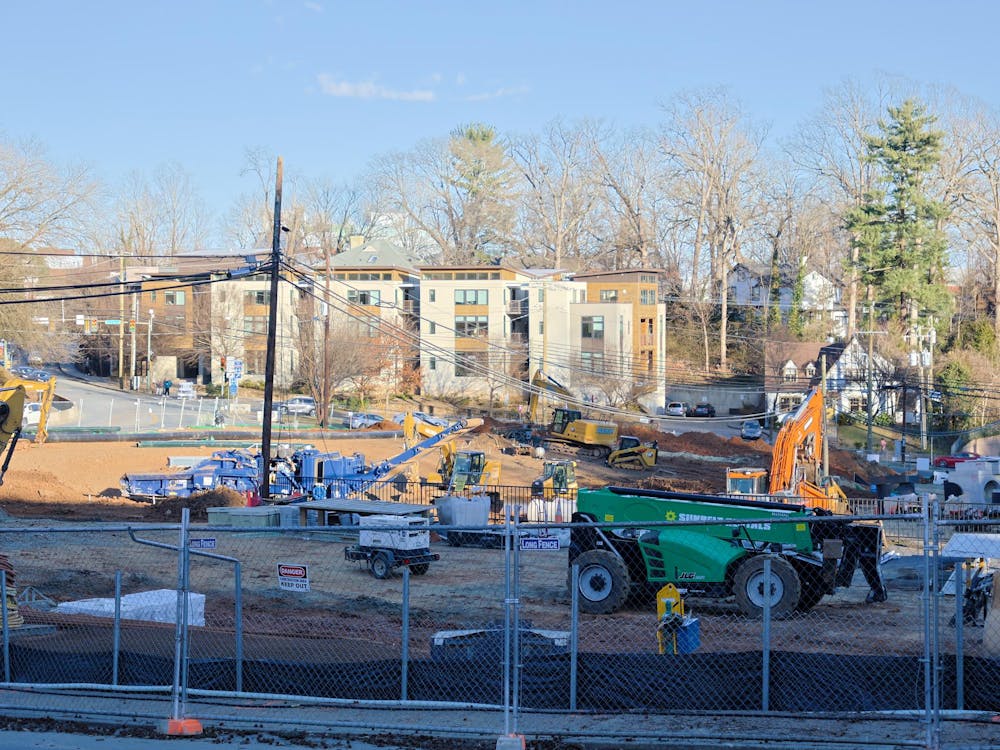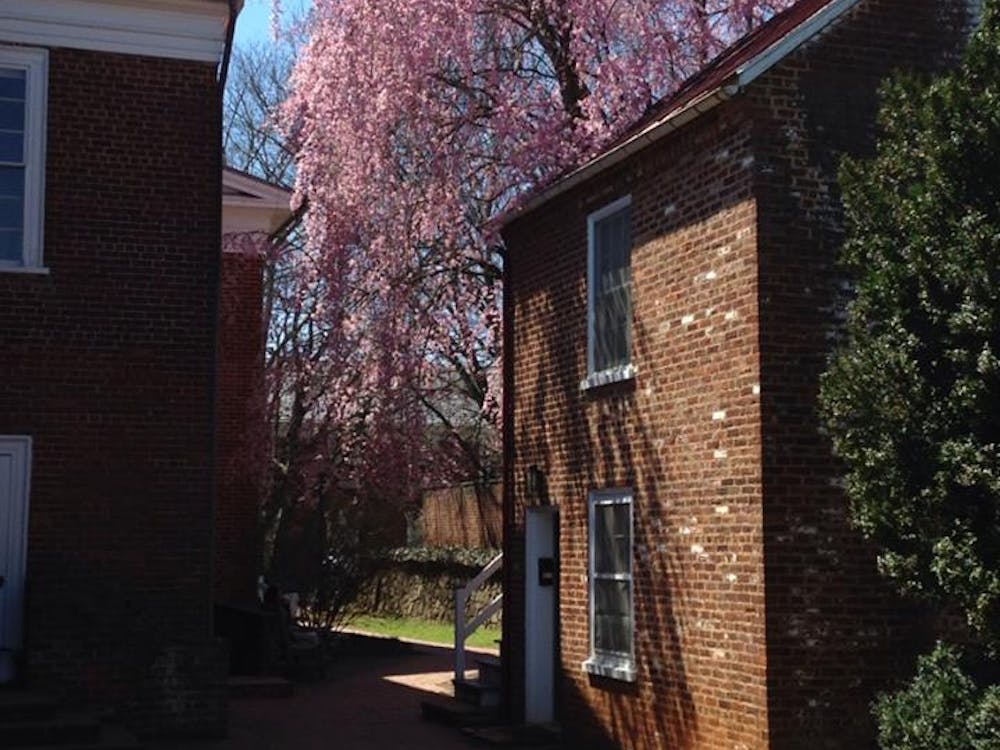IN THE last two weeks, three students were robbed at gunpoint, one was stabbed and another was sexually assaulted in off-Grounds areas where many students live. In August, a student was attacked on 15th Street. Last year, a fourth-year was shot on Wertland. These alarming incidents reflect an unfortunate reality: The Charlottesville area surrounding the University is not safe. Accordingly, they reveal an evident need for students, administrators and police officers to make off-Grounds safety a top priority.
On Grounds, University Police and school administrators make a concerted effort to protect students from criminal activity. Police officers patrol grounds on foot and in cars. On "night walks," administrators check to ensure walkways and parking lots are well-lit. They continuously repair old lights and add new lighting, and as University guides never fail to mention, blue light telephones cover Grounds. Finally, the late-night bus routes provide a safe means of transportation to most locations on Grounds. Obviously, these measures cannot prevent every crime, and more can always be done. Nevertheless, they demonstrate a clear effort to ensure the safety of students on Grounds.
Unfortunately, students living off Grounds do not benefit from many of these precautionary measures. Crime-prevention schemes become much more complicated off Grounds. As University Security and General Safety Committee Chair Mark Fletcher says, the off-Grounds situation involves "private residences, private businesses and the City of Charlottesville."
As a result, improving safety requires additional effort, but it is hardly a futile cause. The City of Charlottesville and the University could work together to increase patrols, improve street lighting and even add blue light telephones off Grounds. These options merely represent general ideas -- a basis for further discussion. The important point is that students, administrators and both the Charlottesville and University Police must brainstorm and implement new measures to improve safety off Grounds. The status quo is unacceptable.
Safety around the Corner area should not be considered just an off-Grounds problem; it is a University problem. Since the University cannot provide housing for a significant number of undergraduates, many must move off Grounds. Off-Grounds Housing Manager Vicki Hawes estimates that 65 percent of students live off Grounds. Many students live, work or socialize in the off-Grounds areas where robberies and assaults have repeatedly occurred. Until these students feel safe, the University cannot claim to offer a safe environment in which to learn and grow.
Students must play a key role in improving safety off Grounds. Students can work with the Off-Grounds Housing Office to compel landlords to improve external lighting and other safety features. At the same time, students have the responsibility to lock their doors and close windows -- an issue that comes up regularly in discussions with landlords, according to Hawes. When going out, students must recognize the genuine risks off Grounds and take precautions accordingly. Additionally, students can help prevent crime by reporting suspicious activity to the police. And, perhaps most importantly, students should engage in discussions with administrators and police officers. As Fletcher says, off-Grounds safety is a complicated matter. A single group cannot tackle this issue alone.
An ongoing dialogue between students and police is essential to a safer Charlottesville. The Charlottesville and University police departments can offer important advice and can explain the initiatives already underway, and students must listen. Students should also have the opportunity, however, to voice concerns and share their experiences. Students should not tell police officers how to do their job, but they can help identify existing problems and offer potential solutions. Both the Charlottesville and University police expressed interest in talking to students directly about these issues. Students must be willing to participate in this conversation.
Many first-years arrive on Grounds with an idyllic image of Charlottesville. Sadly, this image is largely illusory. On any college campus and in any bustling town, some risks are inevitable. Nevertheless, many of the recent incidents are avoidable. Students should be able to walk down Wertland Street, 15th Street or Virginia Avenue without fear of being robbed or assaulted. Until they can, our University will not be safe enough. And until it is, students, administrators and the police must work together and devote the necessary resources to improve safety off Grounds.
John Nelson is a Cavalier Daily viewpoint writer. He is a second year in the College of Arts & Sciences and co-chair of the Student Council Safety and Wellness Committee.






